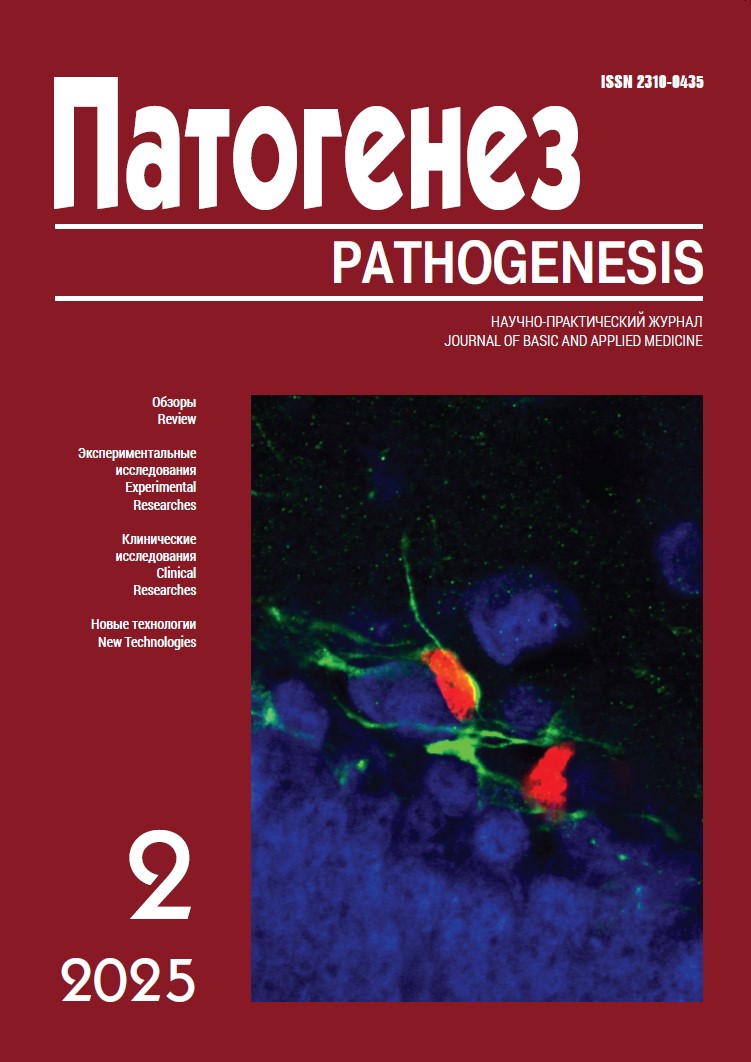Рhysiological assessment of back pain in adolescent children
Abstract
The purpose of the study. To study the dynamics of pain syndrome in patients with diagnosed dorsalgia by the method of superficial electromyography of muscle tension corresponding to the localization of pain, as well as using psychometric data on pain assessment and indicators of situational anxiety before and after manual therapy in comparison with standard drug treatment.
Materials and methods. The study was conducted on adolescents aged 14–17 years with diagnosed vertebrogenic reflex pathology (cervicalgia, thoracolgia, lumbalgia). Two groups of patients with dorsalgia who underwent a course of complex manual therapy were identified: group 1 included patients with myofascial pain syndrome, with functional blocks C3-C4, C4-C5, C7-Th1; group 2 included patients with muscular-tonic syndrome and with functional blocks at the levels L2-L3, L4-L5, L5-S1. The comparison group included patients with similar pain syndromes who received standard drug therapy. The control group consisted of conditionally healthy subjects (physiological norm). The severity of the pain syndrome was assessed in the VAS and McGill tests, as well as by the dynamics of surface electromyography before and after complex manual therapy (relative to the comparison group and the control group).
Results. The study revealed statistically significant changes in the parameters of surface electromyography recorded from the upper portion of the trapezius muscle and the square muscle of the lower back after complex manual therapy, compared with drug treatment and the physiological norm. Pain syndrome indicators (according to the VAS and McGill tests) correlated with the degree of muscle tension according to the results of surface electromyography in isometric contraction tests. Differences in the effectiveness of complex manual therapy were found in patients with dorsalgia, manifested by musculotonic or myofascial pain syndrome.
Conclusion. A comprehensive neurophysiological examination showed that manual therapy in patients with functional blocks in the spine is more effective in the presence of MFBS than MTS; the most pronounced effect of the impact was manifested in the area of the cervical vertebrae and upper back compared to the lumbar region. It is significant that in the treatment of pain syndrome, the use of complex manual therapy gave a better result than standard drug therapy.




